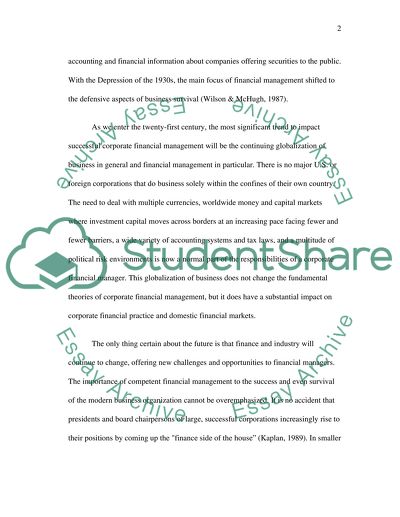Cite this document
(“Fundamental concepts and techniques in accounting and finance Essay”, n.d.)
Fundamental concepts and techniques in accounting and finance Essay. Retrieved from https://studentshare.org/finance-accounting/1500625-fundamental-concepts-and-techniques-in-accounting-and-finance
Fundamental concepts and techniques in accounting and finance Essay. Retrieved from https://studentshare.org/finance-accounting/1500625-fundamental-concepts-and-techniques-in-accounting-and-finance
(Fundamental Concepts and Techniques in Accounting and Finance Essay)
Fundamental Concepts and Techniques in Accounting and Finance Essay. https://studentshare.org/finance-accounting/1500625-fundamental-concepts-and-techniques-in-accounting-and-finance.
Fundamental Concepts and Techniques in Accounting and Finance Essay. https://studentshare.org/finance-accounting/1500625-fundamental-concepts-and-techniques-in-accounting-and-finance.
“Fundamental Concepts and Techniques in Accounting and Finance Essay”, n.d. https://studentshare.org/finance-accounting/1500625-fundamental-concepts-and-techniques-in-accounting-and-finance.


